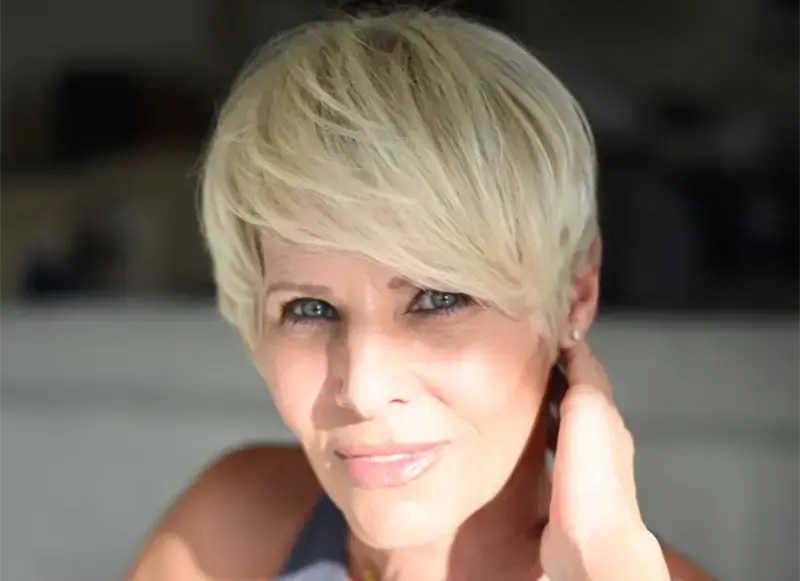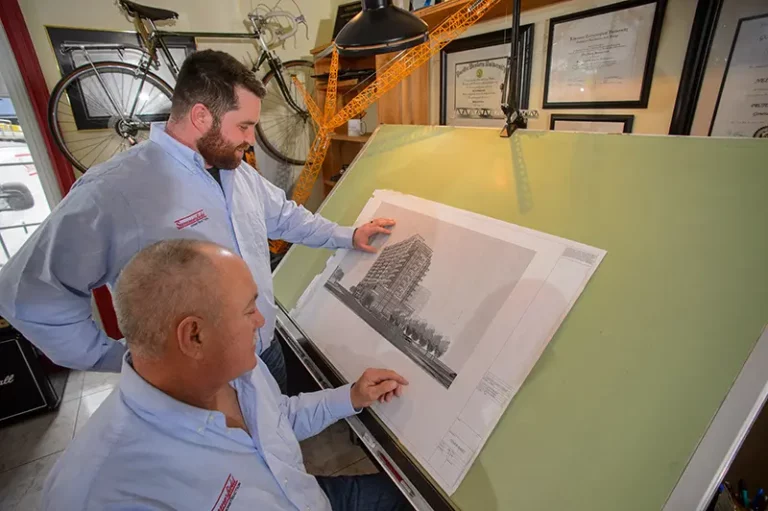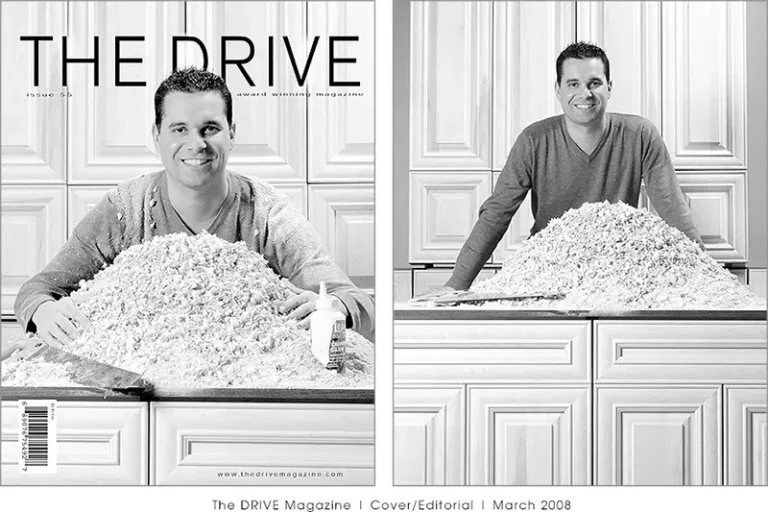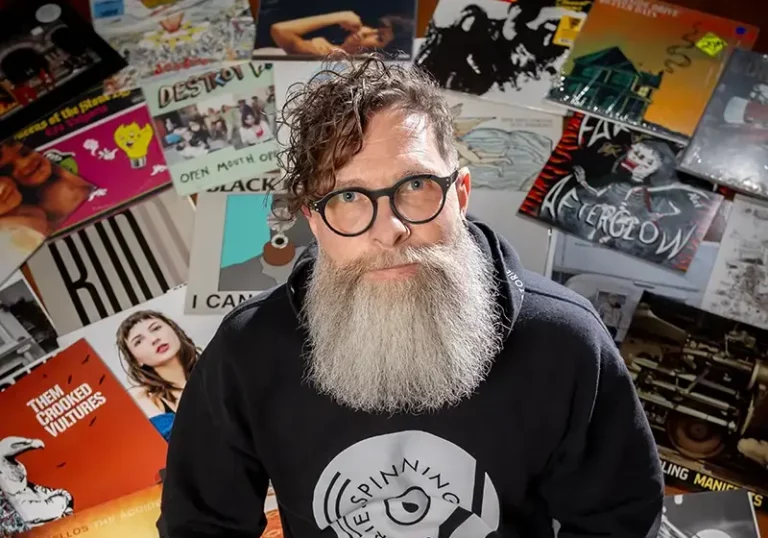By Terry Gyemi
After almost two decades as a Certified Life Coach, what I believe to be true is…
A key obstacle for people in pursuit of living a life they love, is their inability to set healthy personal boundaries. This shortcoming could be the reason why someone is on sick leave, out of shape, feeling unappreciated, unsuccessful in their career, or have kids that don’t listen. In short, people often fall victim to saying “Yes” when they really want to say “No”. The ability to implement the valuable practice of setting personal boundaries enables others to clearly understand our expectations and desires, thus leading us to stronger relationships based on honesty, success in our careers and harmony in our family life.
When clear boundaries are not established in relationships people can find themselves feeling depleted, attacked, and resentful. This is because we are going against our own personal integrity, values, or rights to please another. Saying “No” to somebody can often be challenging because we fear being rejected.
The good news is…this is an inside job, and the solution is totally in our control. Learning how to turn our radar inward towards our own needs, versus the radar being turned outward toward the needs and desires of others is the first step to a happy and healthy life. Why does a flight attendant tell us to put the oxygen mask on ourselves first before placing one onto a child? We must take care of ourselves first. Does this seem selfish? Yes, but we must be selfish to be selfless.
Many individuals become people-pleasers because of internalizing this concept that it is selfish to put one’s own needs ahead of the needs of others. They continuously say “Yes” to the demands of others to avoid their disapproval, conflict, and criticism.
As children, many of us learned that pleasing others before ourselves earned us praise, acceptance, and love. Thus, we live our lives “going along to get along”. We internalized the following:
DO IT FOR ME = BAD & UNLOVABLE
DO IT FOR THEM = GOOD & LOVABLE
Not learning to say “No” sets us up for failure because we commit our lives to benefiting others rather than being true to oneself. That behaviour is not sustainable. It takes a toll on our mind, body, and spirit and ultimately our life.
Having and maintaining healthy boundaries has everything to do with being comfortable in saying “No”.
Some boundaries are non-negotiable. These include experiences of physical and emotional abuse and need to be asserted firmly. For example, “It’s never okay to hit me.” “It is not acceptable to call me names or lie to me”. Being addicted to saying “Yes” can be like a thousand paper cuts, leaving us feeling overwhelmed and overburdened. A simple tool that supports the practice of saying “No” is to pause momentarily before answering “Yes” or “No” to a request. When others make a request, we can simply respond with, “That sounds interesting, let me get back to you.” If it is not an unequivocal “Yes”, it is likely a “No” that we are trying to make into a “Yes”. We need to remember to take the time to check in with ourselves to consider whether we are acquiescing out of a desire for approval or to stave off disapproval. There is nothing wrong with agreeing to the requests others make of us, provided these requests do not infringe upon our own health or happiness.
When delivering a boundary, we do not need to justify our decision. If, however, we do feel the need to explain saying “No”, we can make it about ourselves by using the words, “I feel”. It signals to the other person that you are not rejecting them; you are rejecting their request. The following exemplifies this point:
First, acknowledge their request: “Son, I know you would like to take my car tonight.”
Secondly, state your “No”: “However, I need my vehicle as I feel stressed after my day at work today and need to get to the gym. In the future, I will need more notice, so I have to say no this time.”
Thirdly, acknowledge their need while clarifying your expectation: “Next time I’d be happy to lend you my car if you give me 24 hours’ notice.” This method allows you to acknowledge their request, be clear, firm (but still loving) and get your needs met. Do it directly, concisely and without anger. The key is consistency, learning how to say no without an apology.
Sometimes it can be intimidating to deliver a boundary in person. We may think that we will not be heard or allowed to speak freely. In this case, write it in a letter.
Here are a few more examples:
- “I can see you’re busy. I wish I could help you, but I can’t put another thing on my plate. I’m confident that you will find a way.”
- “I know this is important to you, but I’m not prepared to do that right now. Let’s find a way to make this a win/win for both of us.”
We need to learn to say “Yes” to what we value and “No” to that which is a low priority for us.
Is your “Yes” your health, career, leisure time, time with friends, family, making money? We must always place ourselves and what we value on the top of that list, otherwise, the systems are going to fail.
In closing, my advice for readers is as follows: Look at your life. Where are you feeling overwhelmed, depleted, attacked or resentful? This would be a great place to start saying no to others needs and yes to your own needs. Decide to deliver a boundary this week and give yourself permission to do it imperfectly. Chances are high that your recipient will recognize and appreciate your initiative to take good care of yourself and maybe you’ll liberate them to do the same.
Continue reading Setting and Maintaining Healthy Personal Boundaries – Part II



